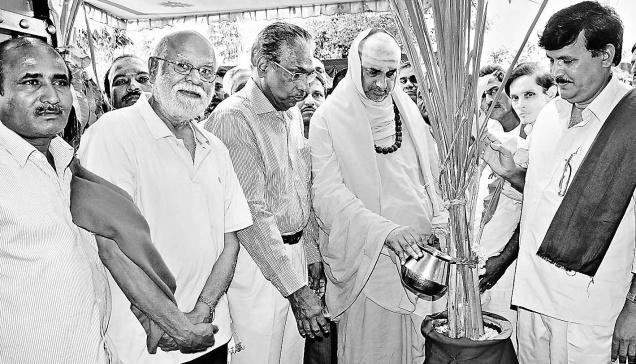
Impressed by the performance of Mandya district in implementing the Swachh Bharat Abhiyan (SBA), the Union government has selected Mandya Zilla Panchayat Chief Executive Officer Rohini Sindhuri to train district collectors/deputy commissioners of various States in New Delhi.
The Mandya Zilla Panchayat launched a drive to provide individual toilets to 1.02 lakh households during 2014–15. And, since July last, it had constructed 75,000 individual toilets across the district.
The Ministry of Drinking Water and Sanitation has selected three officials as resource persons for the two-day orientation programme on the SBA, which will start in New Delhi on Friday. Two other resource persons are Deputy Commissioner of Bikaner district Aarti Dogra and Additional Collector of Harda district Ganesh Mishra.
These officials have performed extremely well in implementing the SBA and their inputs in the training will be valuable for the participants, Joint Director of the Ministry Sandhya Singh said in a communique dispatched to the Department of Rural Drinking Water Supply and Sanitation on Tuesday.
The Ministry has been organising such training programmes on the SBA for the district collectors/deputy commissioners regularly to achieve the goal of making country ‘Open defecation free’ by October 2, 2019, Ms. Singh said.
B.N. Krishnaiah, Commissioner for the Department for Rural Drinking Water Supply and Sanitation, has lauded the services of Ms. Sindhuri in motivating people to get toilets constructed.
source: http://www.thehindu.com / The Hindu / Home> News> National> Karnataka / by M.T. Shiva Kumar / Mandya – March 12th, 2015







